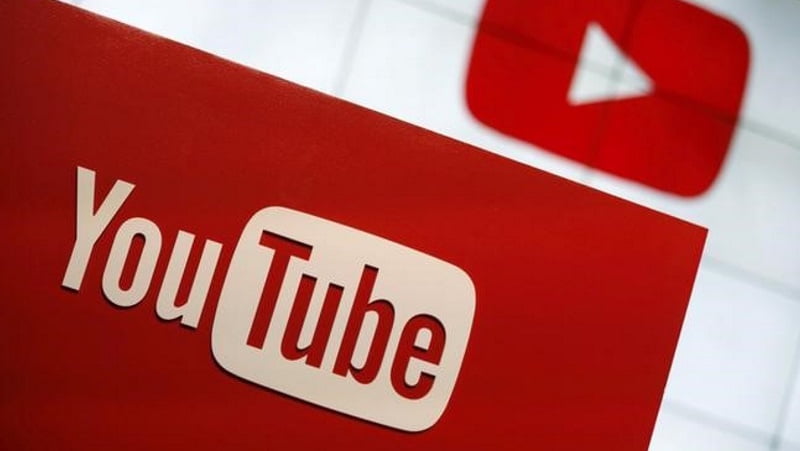
YouTubers Are Accusing the Site of Rampant ‘Censorship’
HIGHLIGHTS
YouTubers posted videos and tweets accusing YouTube of “censoring” them
Part of YouTube’s efforts to be transparent in its dealing with creators
It demonetizes videos that concern controversial or sensitive subjects
YouTube is the third-largest website on Earth, a behemoth viewed by millions each day. It’s also “over” — or on the brink of it — according to a group of outraged creators who claim the company has begun censoring them.
The controversy springs from confusion over YouTube’s long-standing policy of disabling ads on videos that could draw advertiser complaints. Those include videos that are violent, sexually suggestive, or that contain drug use or bad language.
But whereas YouTube has historically hidden demonetization notifications in its video analytics dashboard – meaning that some creators never saw them – the company recently began sending notices by email and alerting them directly on video pages.
In the process, it has caught several YouTubers by surprise: Luke Cutforth, Melanie Murphy, Rob Dyke, MrRepzion and Philip DeFranco, among many others, have all posted videos and tweets accusing YouTube of “censoring” them and threatening their livelihoods. On Thursday, DeFranco’s video on the subject – which has thus far been viewed more than 1.7 million times – sparked the trending Twitter hashtag #YouTubeIsOverParty, a vote of protest by creators and fans alike.
“Without us,” tweeted the beauty vlogger Samantha Ravndahl, “you would have no content to advertise over top of.”
Ironically, the change is part of YouTube’s ongoing efforts to be more transparent in its dealings with creators, and was actually designed to make it easier for YouTubers to appeal bad blacklistings. That process was previously difficult to both find and navigate; now it’s as easy as checking a box that says “Review my video again. I believe it’s advertiser-friendly.”
Still, many YouTubers have raised valid concerns about what YouTube considers “advertiser-friendly” in the first place. It’s hard to quibble with an advertiser who doesn’t want his product placed next to, say, a vaguely rape-y Sam Pepper “prank.” (This isn’t terribly different from conventional media, where companies cherry-pick the shows they advertise with very strategically, and pull those ads posthaste if the show gets mixed up in anything dicey.)
But YouTube also demonetizes videos that concern “controversial or sensitive subjects and events, including subjects related to war, political conflicts, natural disasters and tragedies, even if graphic imagery is not shown.” That could prove a major disincentive for news coverage on the platform, particularly among small creators.
Aaron Wysocki, director of content distribution for the Web news network Young Turks, tweeted Thursday morning that YouTube had disabled ads on nearly 1,000 of the network’s videos over the past three years – including recent news items about Syrian refugees, pharmaceutical research and the Colombian ceasefire.
Meanwhile, DeFranco said YouTube docked a video he posted August 30, which contained some fleeting PG-13 language but otherwise stuck to discussing news stories such as the release of Brock Turner and the Annaliese Nielsen/Lyft incident.
“How the hell am I supposed to talk about news?” he asked.
Will YouTube revise its ad policy in light of all the outrage? Only time will tell.
© 2016 The Washington Post
Share a screenshot and win Samsung smartphones worth Rs. 90,000 by participating in the #BrowseFaster contest.
Tags: YouTube, Social, Apps, Video, Home Entertainment, Google, Internet
[“Source-Gadgets”]




